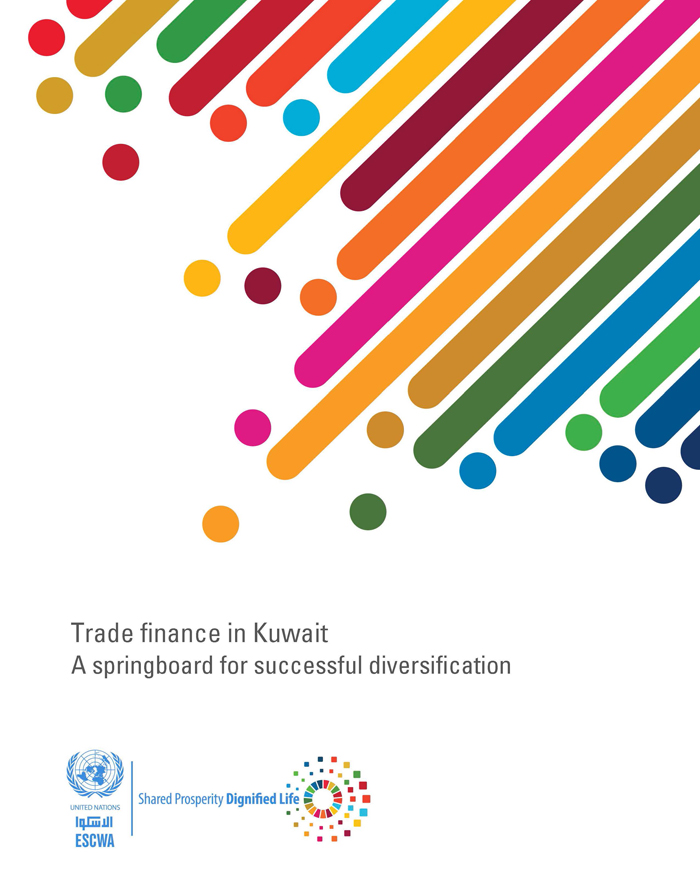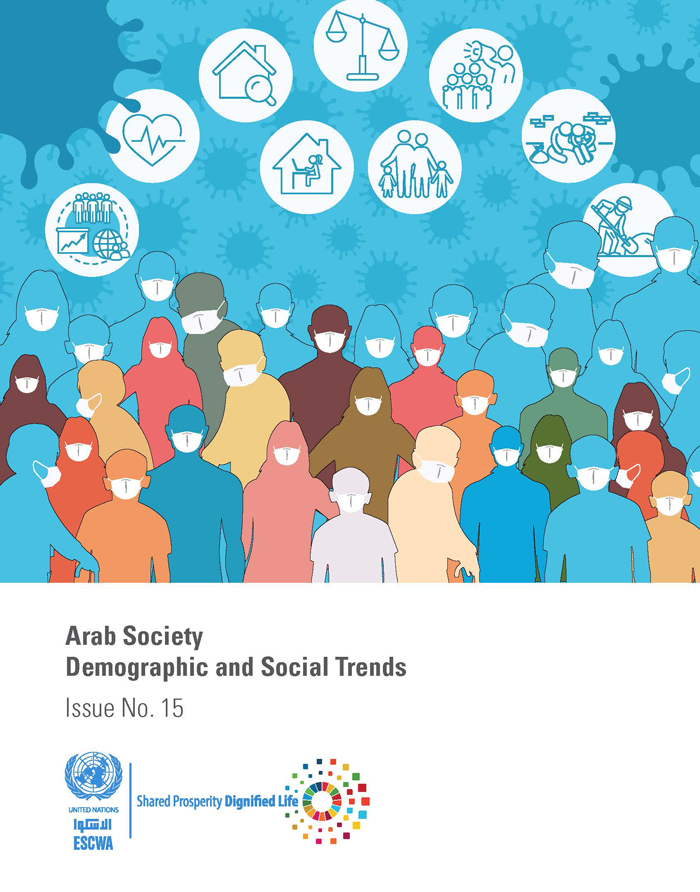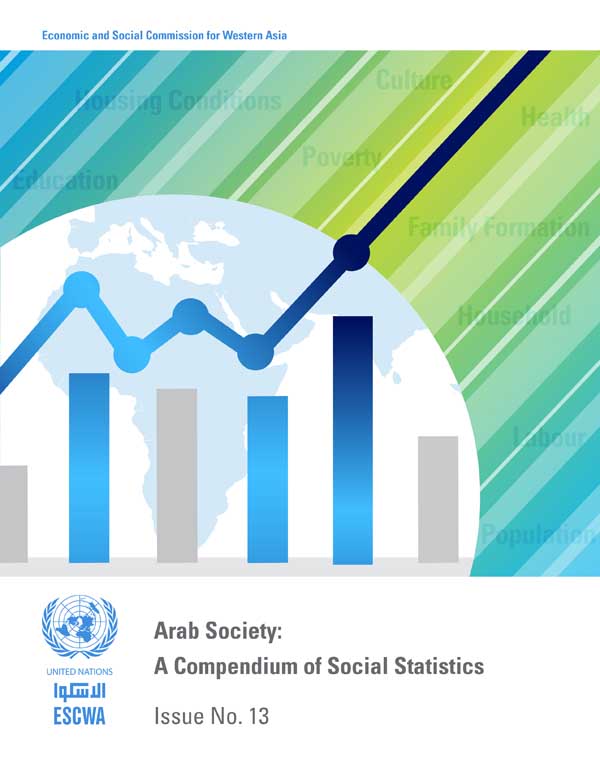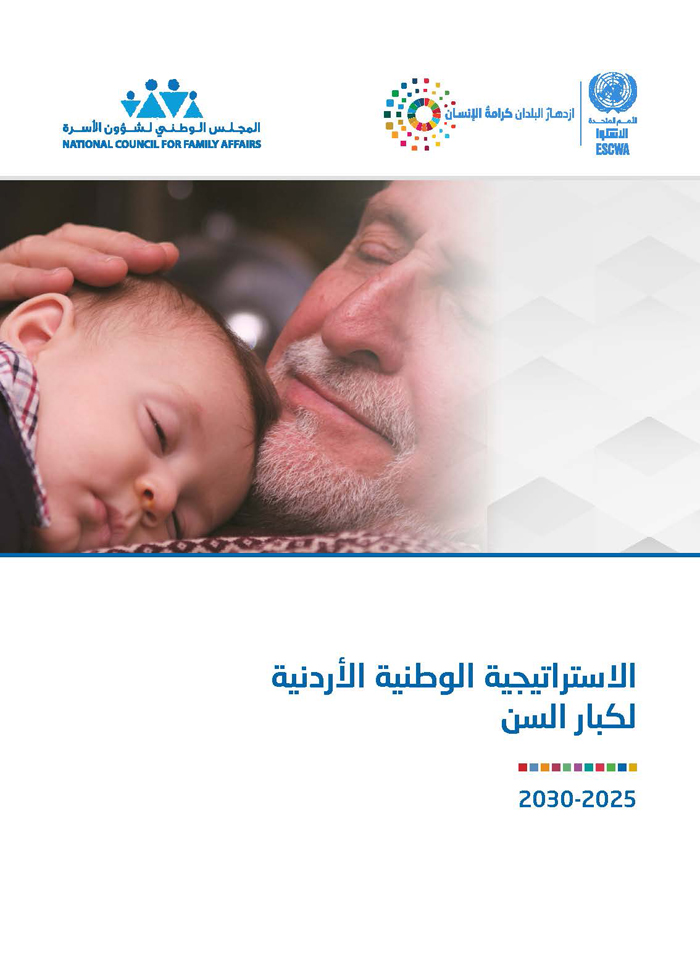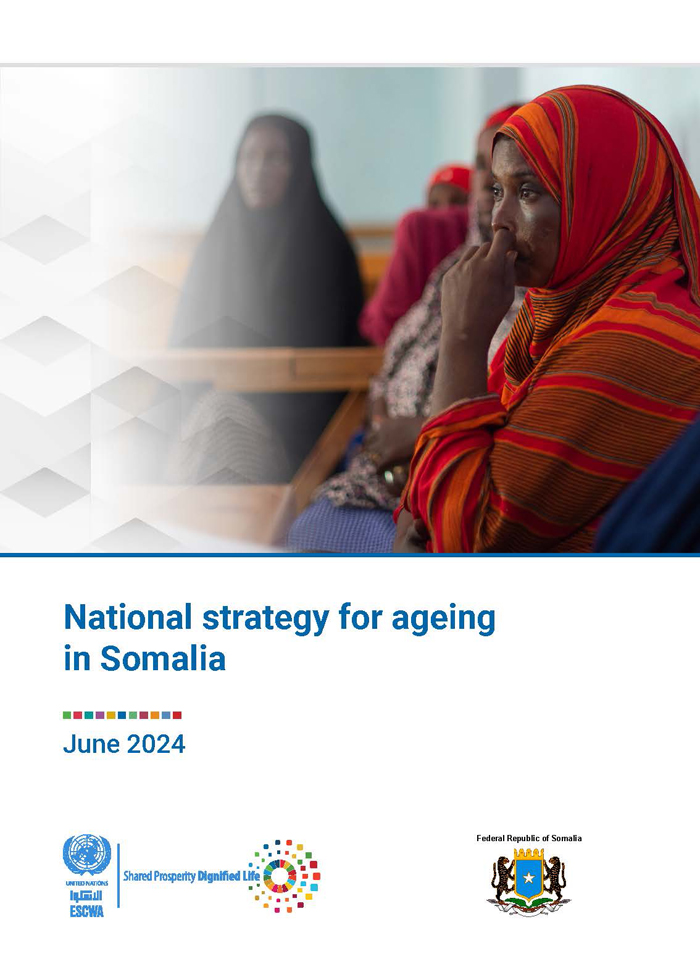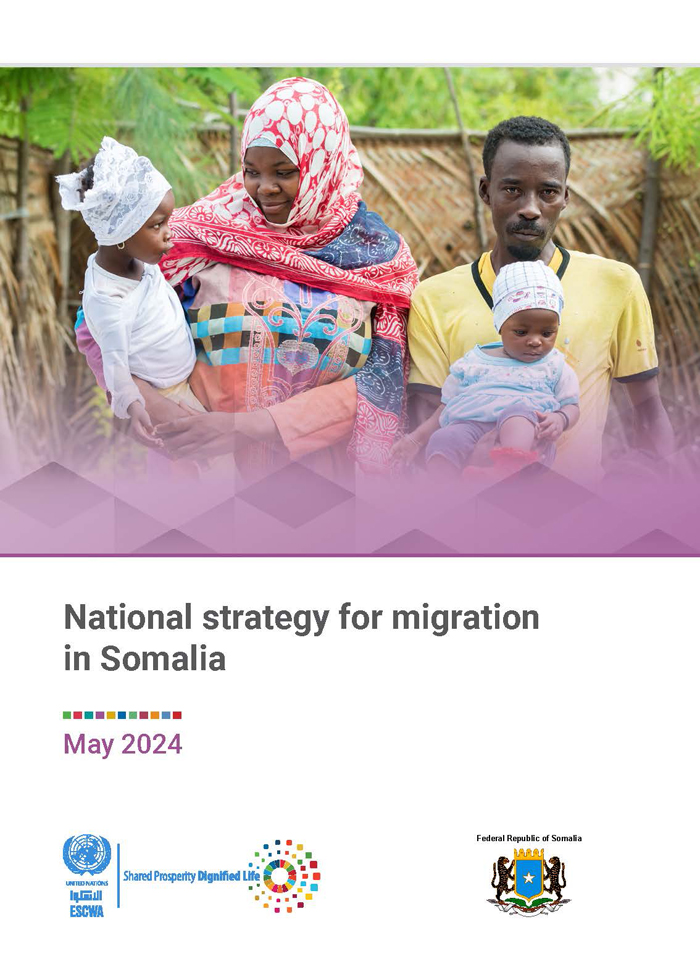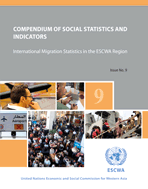
ESCWA Publication: E/ESCWA/SD/2009/12
Country: Arab region
Publication Type: Reports & studies
Publication Subject: Arab Society: A Compendium of Social Statistics
Cluster: Gender Justice, Population and Inclusive Development, Statistics, Information Society and Technology
Focus Area: Inclusive development, Population dynamics & migration, Statistics
Initiatives: International migration, Arab information society
SDGs: Goal 11: Sustainable Cities and Communities
Keywords: Arab countries, International migration, Migration statistics, Social statistics, Culture, Public expenditures, Demography, Employment, Health, Housing conditions, Criminal statistics, Cultural statistics, Population, Poverty, Social statistics, Demographic statistics, Educational statistics, Human settlements, Manpower statistics, Statistical data
Compendium of Social Statistics and Indicators: International Migration in the ESCWA Region, No. 9
January 2009
According to the International Organization for Migration, by 2010, the world migrant population stock will have reached 214 million, meaning that one in every 35 people globally will be a migrant. Furthermore, a combination of current socio-economic and demographic trends is expected to further increase the scale of international migration. Any comprehensive response, aimed at managing the complexities of this situation, needs to be supported by reliable data. However, statistics on international migration in the ESCWA region are scarce and poorly circulated. The Compendium of Social Statistics and Indicators is a biennial publication which focuses on such areas as population, education, households and family, human settlements, health, and economic activity. Its primary objective is to highlight social development in the region through tabulation of time series statistics and indicators. This issue of the Compendium of Social Statistics and Indicators, in which data were drawn primarily from databases of international organizations, features and analyses statistics and indicators on international migration in the fourteen ESCWA member countries. It also aims at underlining the importance of the census as a major source of international migration statistics. The forthcoming round of censuses in 2010 should therefore be seized as a golden opportunity for the countries of the ESCWA region to enhance the quality, comparability and transparency of their data on international migration.
Related content
Inclusive development
, Population dynamics & migration
, Statistics
,
According to the International Organization for Migration, by 2010, the world migrant population stock will have reached 214 million, meaning that one in every 35 people globally will be a migrant. Furthermore, a combination of current socio-economic and demographic trends is expected to further increase the scale of international migration. Any comprehensive response, aimed at managing the complexities of this situation, needs to be supported by reliable data. However, statistics on international migration in the ESCWA region are scarce and poorly circulated. The Compendium of Social Statistics and Indicators is a biennial publication which focuses on such areas as population, education, households and family, human settlements, health, and economic activity. Its primary objective is to highlight social development in the region through tabulation of time series statistics and indicators. This issue of the Compendium of Social Statistics and Indicators, in which data were drawn primarily from databases of international organizations, features and analyses statistics and indicators on international migration in the fourteen ESCWA member countries. It also aims at underlining the importance of the census as a major source of international migration statistics. The forthcoming round of censuses in 2010 should therefore be seized as a golden opportunity for the countries of the ESCWA region to enhance the quality, comparability and transparency of their data on international migration.
